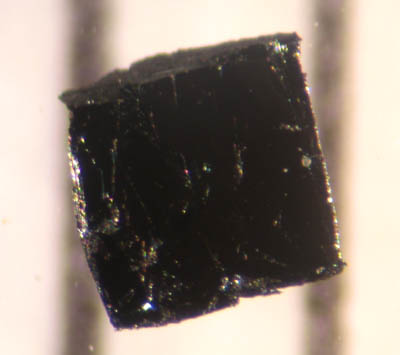Superconductivity
- Introduction to Superconductivity
- Theoretical Foundations
- Types of Superconductors
- Superconducting Materials
- Superconducting Phenomena
- Superconducting Devices
- Superconductivity and Quantum Computing
- Challenges in Superconductivity
- Future of Superconductivity
- Case Study: Superconductivity in Energy Sector
- Case Study: Superconductivity in Medical Field
- Case Study: Superconductivity in Transportation
Superconducting Materials
Ceramic Superconductors: An In-depth Study

Materials that behave as superconductors at unusually high temperatures.
Ceramic superconductors, also known as high-temperature superconductors (HTS), have been a significant area of research since their discovery in the late 20th century. Unlike conventional superconductors, which require extremely low temperatures to exhibit superconductivity, ceramic superconductors can operate at higher temperatures, making them more practical for certain applications.
Introduction to Ceramic Superconductors
Ceramic superconductors are a class of materials that exhibit superconductivity at temperatures significantly higher than those required for conventional superconductors. The first high-temperature superconductor, a lanthanum-based cuprate perovskite material, was discovered in 1986. This discovery opened up a new era in superconductivity research, leading to the development of a variety of ceramic superconductors.
Properties of Ceramic Superconductors
Ceramic superconductors are characterized by their complex crystal structures, which often include layers of copper oxide. These materials are typically brittle and difficult to form into wires or other useful shapes, which presents challenges for their practical application.
Despite these challenges, ceramic superconductors have a critical temperature (Tc) - the temperature below which a material exhibits superconductivity - that is much higher than that of conventional superconductors. Some ceramic superconductors have a Tc above the boiling point of liquid nitrogen (-196 degrees Celsius), making them much easier and cheaper to cool.
High-Temperature Superconductivity in Ceramic Materials
The phenomenon of high-temperature superconductivity in ceramic materials is not yet fully understood. The BCS theory, which successfully explains superconductivity in conventional superconductors, does not adequately describe the behavior of high-temperature superconductors.
Current theories suggest that the superconductivity in these materials may be due to the interaction between electrons in the copper oxide layers. However, more research is needed to fully understand and optimize these materials.
Examples of Ceramic Superconductors
The most well-known ceramic superconductors are the cuprate superconductors, which include materials such as Yttrium Barium Copper Oxide (YBCO) and Bismuth Strontium Calcium Copper Oxide (BSCCO). These materials have critical temperatures well above those of conventional superconductors, with YBCO having a Tc of about -181 degrees Celsius and BSCCO having a Tc of about -163 degrees Celsius.
Applications of Ceramic Superconductors
Despite the challenges associated with their brittleness and complex crystal structures, ceramic superconductors have found a number of applications. These include use in magnetic resonance imaging (MRI) machines, where their high critical temperatures allow for more efficient cooling systems. They are also being explored for use in power transmission lines, where their zero electrical resistance could significantly increase efficiency.
In conclusion, ceramic superconductors, with their high critical temperatures and unique properties, represent an exciting area of research in the field of superconductivity. Despite the challenges associated with their use, they hold great promise for a range of applications, from medical imaging to energy transmission.